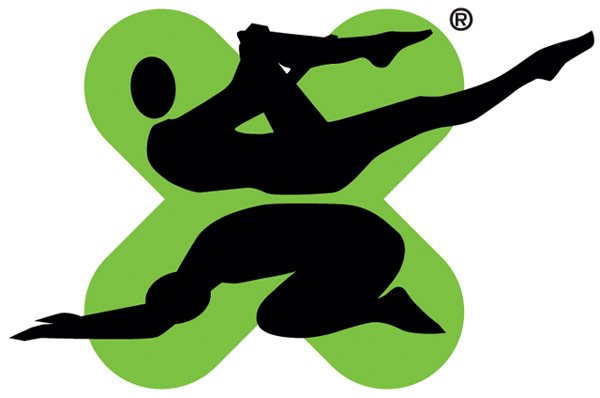
In 1912 Joseph Pilates left his native Germany and moved to England where, at the outbreak of the First World War, he was interned as an enemy. Pilates used his time to develop his method of attaining peak physical fitness which aimed to bring about the complete co-ordination of body, mind and spirit, working with – not against the body’s muscles. After the war he moved to New York where his method was an immediate success particularly with dancers of the New York City Ballet. Pilates’ exercises remained something of a secret amongst dancers until fairly recently, when sportsmen, actors and the public began to discover it.
During his internment, he had devised an exercise regime by attaching springs to hospital beds, so that patients could begin to work on toning their muscles even before they could get up. Springs used as resistance were the cornerstone of his method and Pilates designed a machine called the ‘Universal Reformer’, on which exercises could be performed without putting any weight on the joints, so benefiting those with injuries or other joint problems, and against resistance so the muscles worked harder.
In the Pilates method every movement is carefully controlled for maximum effect. To work, it requires concentration. For each and every exercise there are questions you need to ask yourself. Is your navel drawn down towards the spine? Is your heel in the correct position? Is your neck long and aligned with your spine? Is your breathing correct?
We all spend too much time putting stresses & strains on our bodies, in contracted states, hunched over a desk or behind a wheel.
The more you use your body correctly during exercise, the more you will use it correctly in everything else you do. Your posture improves and the headaches, tight, contracted muscles, backache and tension that arise from poor posture all fade away. Interestingly, all this concentration does not leave you mentally drained or exhausted. On the contrary, it is a profoundly relaxing method of exercise and its slow, rhythmic movements relieve stress and leave most people feeling simultaneously calm and energized. This mental relaxation, in turn, helps your muscles become less tense. In the long term, the effect of Pilates is to give your muscles a lengthened, toned shape rather than bulk.
The manner in which the exercises are performed is of far greater importance than the number of repetitions. Quality is superior to quantity.
By correcting imbalances, sound muscle recruitment patterns are encouraged and the body is realigned. Precise, cotrolled, flowing movements mean that muscle & ligament damage is avoided. In fact Pilates plays a key role in many injury rehabilitation programmes in dance, sport and general practice as well as in the training programmes of top athletes.
Body Control Pilates®
The Body Control Pilates® Association has an excellent reputation in the effectiveness & quality of its teaching. All Body Control Pilates® instructors have completed a comprehensive training course & work to a maximum class size of 12, to ensure close supervision & support. Instructors must hold up to date insurance & have set standards of continuing education & development which they must follow.
More information can be found at:
http://www.bodycontrol.co.ukChristine first discovered Pilates in 1984 in London, but after moving away, missed it for several years. Later she rediscovered it & found it was the only way of alleviating back & neck pain. She has been a qualified Pilates Instructor with Body Control Pilates since 2002 & has continued to increase her experience & qualifications to a very high standard by attending many continuing education courses & workshops each year including the studio equipment training.





